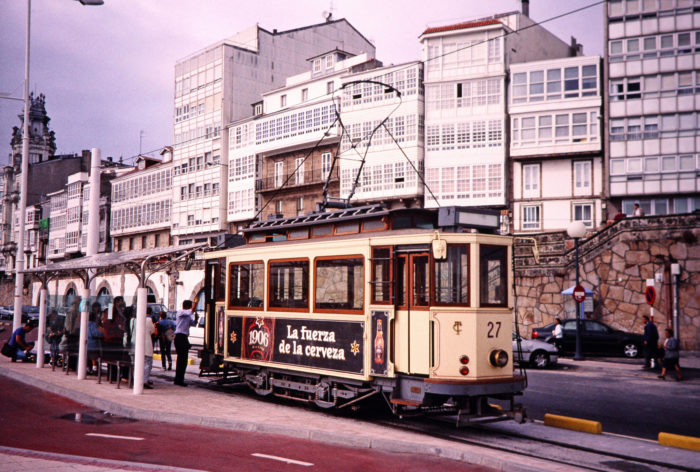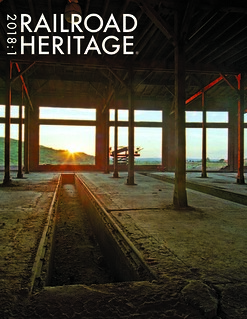Another album of Fred M. Springer photographs are available. These selections include shots from Zambia and Zimbabwe such as a National Railways of Zimbabwe Garratt steam locomotive passing new concrete ties in the grassy terrain of Livingstone, Zambia on August 8, 1991.
View the entire album: www.railphoto-art.org/collections/springer/african-railways
Springer Collection Overview
- Gift of Fred and Dale Springer
- 8,000 B&W negatives
- 50,000 color slides
- 1940s to 2000s
- Coverage includes six inhabited continents, and especially the southwestern United States, Mexico, and South America











